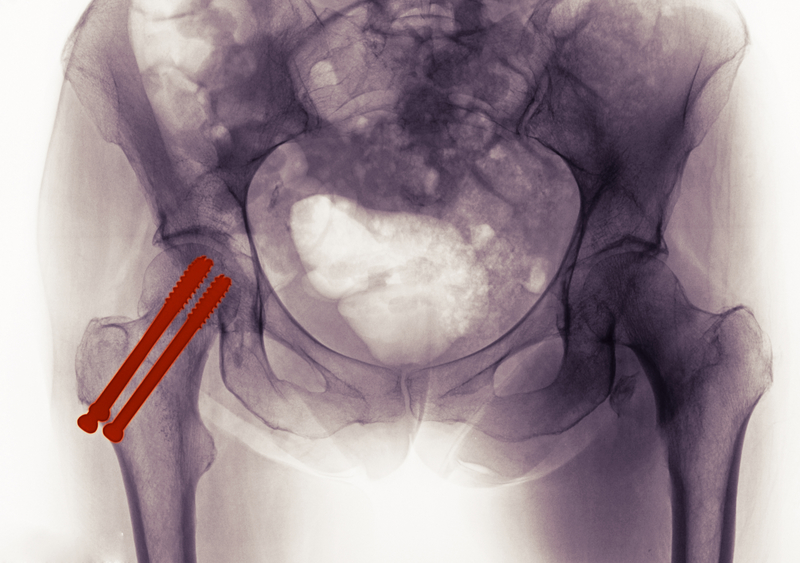
Jan 14, 2014 | Osteosarcoma
Results: The study analysed 2566 osteosarcoma and 1650 Ewing sarcoma cases. There was no evidence of an association between osteosarcoma risk and fluoride in drinking water [relative risk (RR) per one part per million increase in the level of fluoride = 1·001; 90%...

Nov 11, 2013 | Hip Fracture
Overall, we found no association between chronic fluoride exposure and the occurrence of hip fracture. The risk estimates did not change in analyses restricted to only low-trauma osteoporotic hip fractures. Chronic fluoride exposure from drinking water does not seem...

Mar 30, 2013 | Effectiveness
Research Design: Consecutive clinical case series: clinical details (diagnoses and the treatments provided) were recorded for children who had received comprehensive dental care under GA between 2000 and 2009. Age, gender, ethnicity, socio-economic status and...

Dec 29, 2012 | Effectiveness
Conclusion: The survey provides further evidence of the effectiveness in reducing dental caries experience up to 16 years of age. The extra intricacies involved in using the Percentage Lifetime Exposure method did not provide much more information when compared to the...

Dec 29, 2012 | Effectiveness
Conclusion: Data showed a significant decrease in dental caries across the entire country, with an average reduction of 25% occurring every 5 years. General trends indicated that a reduction in DMFT index values occurred over time, that a further reduction in DMFT...







